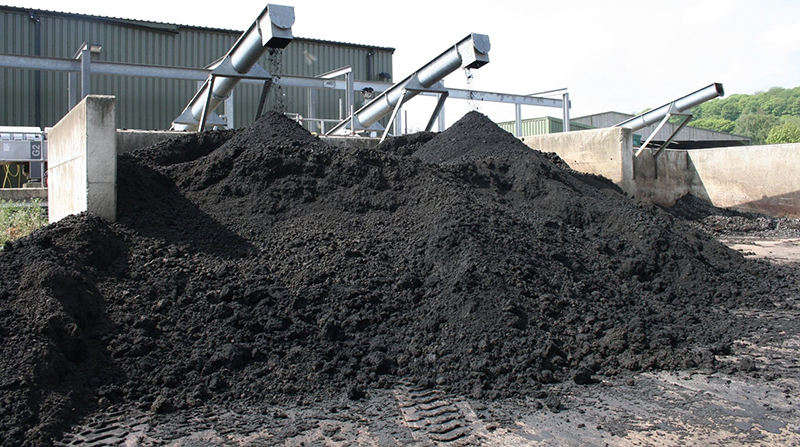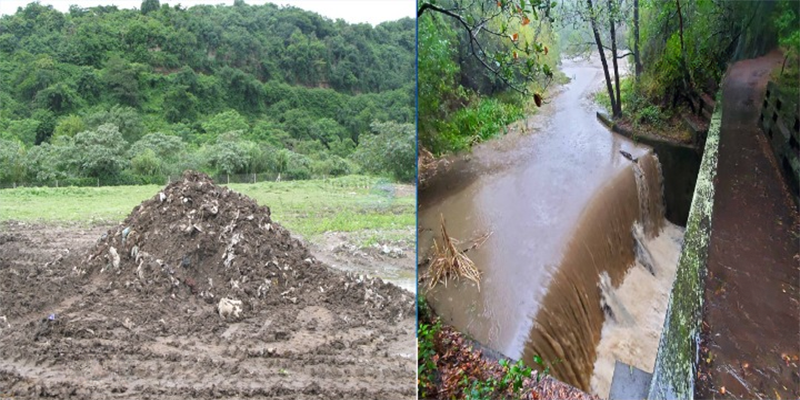In the field of wastewater management and environmental engineering, the terms “sludge” and “sewage” are commonly interchanged, causing confusion. Yet, these terms denote separate entities within the intricate framework of wastewater treatment and disposal. It is crucial to discern their differences to grasp the intricacies of wastewater treatment processes and their environmental consequences. This article seeks to clarify the distinctions between sludge and sewage, delving into their unique traits, origins, treatment approaches, and environmental effects.
Understanding Sewage
Sewage refers to the wastewater generated from various domestic, commercial, and industrial activities. It comprises a heterogeneous mixture of water, human waste, detergents, food residues, oils, and other organic and inorganic substances. Sewage originates primarily from residential households, commercial establishments, and industrial facilities. It flows through sewage systems, often via a network of pipes, before reaching wastewater treatment plants for processing.
Characteristics of Sewage
Sewage showcases diverse traits influenced by its origin and makeup. Generally, sewage harbors elevated levels of organic matter, pathogens, nutrients like nitrogen and phosphorus, suspended solids, and assorted chemical pollutants. The existence of these contaminants presents notable hurdles for wastewater treatment facilities, necessitating the utilization of efficient techniques to eliminate or mitigate them before releasing the treated effluent into the environment.
Treatment of Sewage
The treatment of sewage involves several stages aimed at reducing its pollutant levels and ensuring its safe disposal or reuse. The primary treatment processes typically include screening and grit removal to remove large debris and particles, followed by sedimentation to separate suspended solids from the wastewater. Subsequently, secondary treatment processes, such as biological treatment (e.g., activated sludge process, trickling filters) and advanced filtration methods (e.g., membrane bioreactors), are employed to further remove organic matter, nutrients, and pathogens from the sewage. Finally, tertiary treatment may be implemented to address specific contaminants or achieve higher levels of purification, often through methods like chemical disinfection or advanced oxidation.
Environmental Impacts of Sewage
Untreated or inadequately treated sewage poses significant environmental risks, including water pollution, eutrophication, and the spread of waterborne diseases. When discharged into water bodies without proper treatment, sewage can deplete oxygen levels, disrupt aquatic ecosystems, and contaminate drinking water sources. Additionally, the nutrients present in sewage, such as nitrogen and phosphorus, can contribute to algal blooms and excessive plant growth, further deteriorating water quality and ecosystem health.

Understanding Sludge
Sludge, a term often referred to interchangeably with biosolids, embodies the residual semi-solid material that remains following the treatment of sewage or wastewater. It principally encompasses the solid particles separated during the wastewater treatment processes, intermingled with microbial biomass, organic compounds, and other residual substances. The genesis of sludge can stem from both municipal wastewater treatment plants and industrial facilities, contingent upon the characteristics of the wastewater subjected to treatment.
Characteristics of Sludge
Sludge exhibits diverse characteristics, influenced by factors such as its source, treatment processes, and composition. Generally, sludge contains a high concentration of organic matter, nutrients, pathogens, heavy metals, and other contaminants. Its physical properties can vary widely, ranging from a thick, viscous consistency to a drier, granular texture, depending on the dewatering and treatment methods applied. The chemical composition of sludge may also differ significantly, reflecting the types of pollutants and substances present in the original wastewater.
Treatment of Sludge
The treatment and management of sludge involve various processes aimed at stabilizing its organic content, reducing its volume, and mitigating its environmental impacts. Common treatment methods for sludge include thickening, dewatering, digestion, and thermal or biological stabilization. Thickening processes concentrate the solids content of sludge, while dewatering techniques (e.g., centrifugation, filtration, or mechanical pressing) remove excess water to reduce its volume. Digestion processes, such as anaerobic digestion or aerobic digestion, break down organic matter within the sludge, reducing its pathogens and odor-producing compounds. Thermal and biological stabilization methods further enhance the stability and safety of sludge for disposal or beneficial reuse.
Environmental Impacts of Sludge
The disposal and utilization of sludge can have significant environmental implications if not managed properly. Improperly treated or disposed-of sludge may contribute to soil and groundwater contamination, nutrient runoff, and air pollution. Additionally, sludge containing high levels of pathogens or toxic substances poses risks to human health and ecosystem integrity. However, when managed effectively through appropriate treatment and disposal practices, sludge can be beneficially reused in agriculture, land reclamation, or energy production, reducing reliance on synthetic fertilizers and promoting sustainable resource management.

Conclusion
In conclusion, although sludge and sewage are closely intertwined in the realm of wastewater management, they embody distinct entities characterized by their individual traits, origins, treatment approaches, and environmental repercussions. Sewage stands as the untreated wastewater originating from diverse sources, housing a complex mix of contaminants necessitating treatment to protect environmental and public well-being. Conversely, sludge represents the residual solids isolated during sewage treatment, demanding specialized procedures for stabilization, disposal, or advantageous reuse. A comprehensive grasp of the disparities between sludge and sewage enables stakeholders to make informed choices concerning wastewater management strategies, thereby nurturing sustainability and resilience in response to escalating environmental dilemmas.
For expert guidance and solutions tailored to sewage and sludge treatment, feel free to reach out to AIMEQUIP experts.

